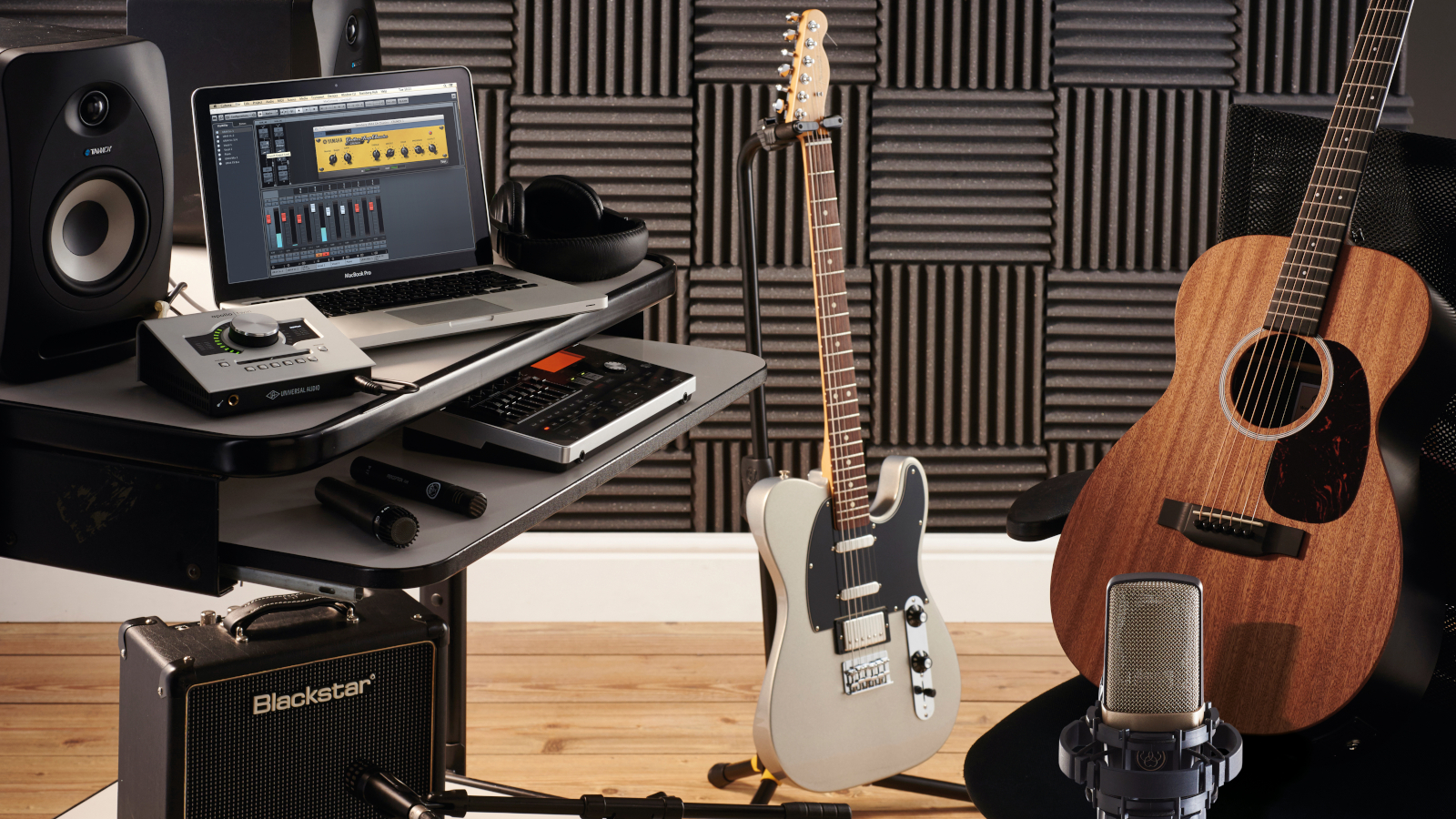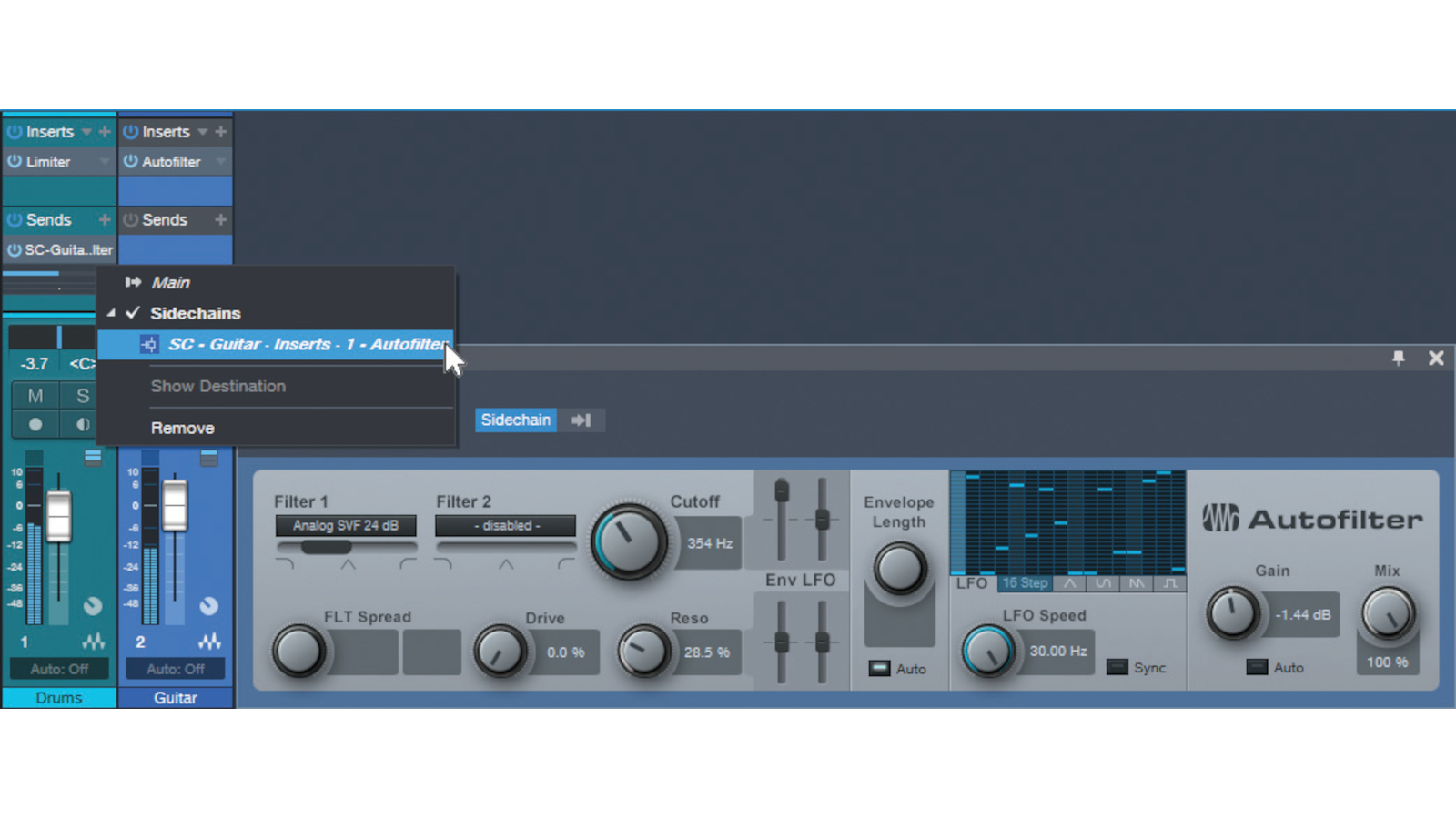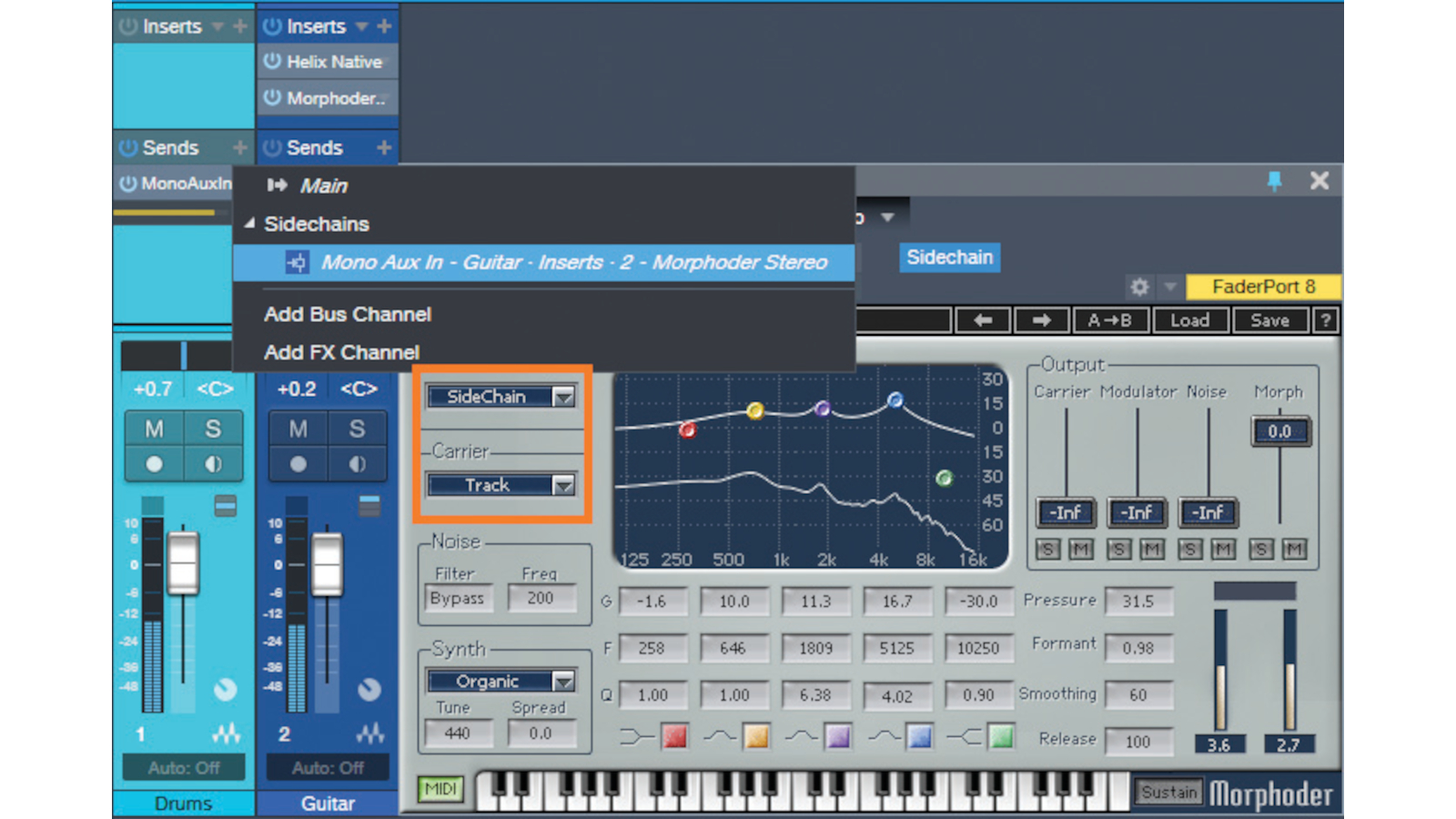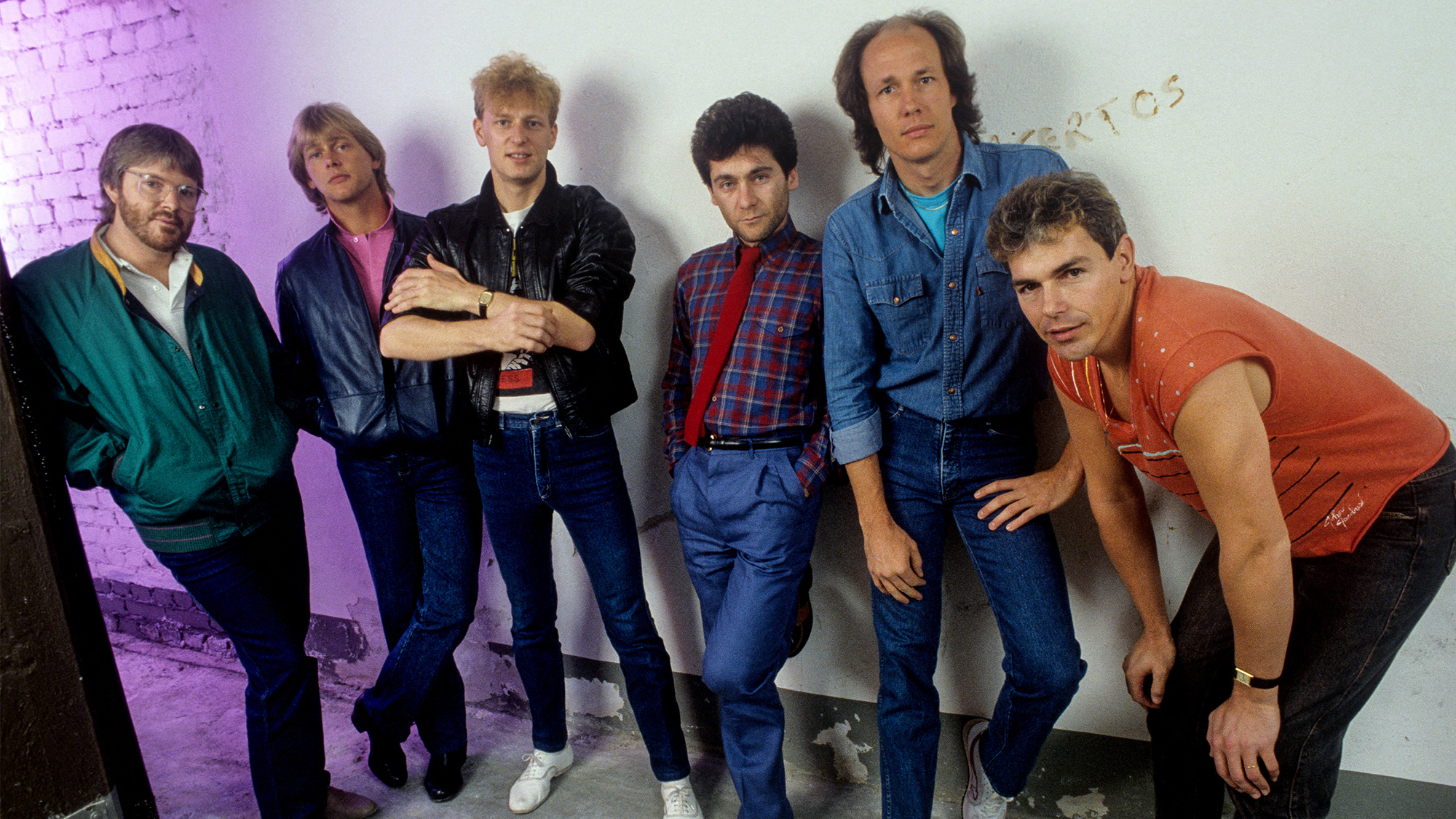How To Enhance Your Guitar Tracks With Side-Chaining
Creative methods for using audio from one track to control an effect parameter on another

The side-chaining process uses audio from one track to control an effect parameter on another track.
In this way, you can, for example, insert a noise gate in a guitar track and control the gating action using a kick-drum track, so that you’ll hear the guitar only when the kick drum hits.
Another example is to control the compressor on a guitar track using the vocal track, so that the guitar is compressed whenever singing is present to open up space in the mix for the vocals.
To check if an effect has a side-chain input, look at a track, send or bus output in your host program.
If it shows a side-chain input as a destination, then the host supports side chains, and the associated effect has a side-chain input.
Usually, a track’s send feeds the side-chain input.

Effects with Side Chains
Dynamic equalizers, may have a side-chain input to allow you to boost or cut specific frequencies based on the side-chain audio.
All the latest guitar news, interviews, lessons, reviews, deals and more, direct to your inbox!
Let’s consider some additional applications. Waves’ Morphoder is one of my favorite candidates for side chaining.
Like a vocoder, it has two inputs: the carrier (the audio you want to process), and the modulator, which can be a side-chain signal that processes the carrier’s sound by varying its spectral balance.
One cool application involves modulating a power chord with drums. Because the Morphoder’s side chain accepts multiple inputs, having individual drums on separate tracks allows the side chain to be triggered by, for example, just the kick and snare tracks.
However, this also works with mixed drum tracks. Choose the power chords for the carrier and select the side-chain audio from the drums as the modulator.

By varying parameter settings for the Morphoder’s five bands, you can control the filtering that shapes the guitar’s sound.
Narrowing the filter bandwidth focuses the effect, while broadening it spreads the effect over a wider frequency range.
Envelope filters, like Studio One’s Autofilter (see above), are also great side-chaining candidates.
Anything percussive can impart a distinct, filtered pattern to the guitar. In addition, try placing an envelope filter in parallel with a bass track, and trigger the filter from a percussive rhythm guitar part to help lock the bass and guitar together.
Finally, note that you can copy the track that’s going to feed the side chain and modify it for various applications.
For example, if you don’t want it to affect the side chain in certain places, you can cut those sections out from the copied track to prevent them from affecting the carrier track.
Likewise, to have the envelope sweep up instead of down in response to drums, copy the drum track, reverse it and use it as the modulator.
You can also gate the copied side-chain track, equalize it to emphasize specific frequencies and offset it by a rhythmic interval to add a syncopated, polyrhythmic effect.
The mind boggles!
